The Best AI Content Detectors
As artificial intelligence continues to advance, AI-generated content is becoming more difficult to distinguish from human writing. This poses a challenge for publishers, educators, and authors who are keen to identify AI- written works accurately. The development of AI content detectors addresses the demand for precision and confidence in digital environments. Utilizing the best tools to identify artificial intelligence is essential for ensuring content originality and maintaining credibility across various professional and academic fields.
AI content detectors must evolve alongside artificial intelligence to remain effective. Being able to identify AI-generated material is crucial for clear digital communication. Using the right detectors can save time and help prevent plagiarism. Let’s explore the most reliable AI-generated content checkers that consistently deliver accurate results.

Top AI Content Detectors
AI content detectors vary based on their intended users and the types of material they are designed to analyze. Each tool offers unique advantages suited to specific sectors or purposes. Let’s examine the top detectors and their distinguishing features.
GPTZero: Trusted for Education and Research
GPTZero is a preferred choice among educators and researchers for its ability to determine if content was created by AI. The platform is user-friendly; simply paste your text to get results. GPTZero analyzes tone and language structure to detect machine-written segments, making it highly accurate for evaluating essays and reports. Frequently used in academic settings, it helps maintain academic integrity. Regular updates keep GPTZero’s models precise, and it supports batch uploads and multiple languages. Its transparency and clarity make it a trusted tool for both teachers and students. GPTZero is available for free with premium options for enhanced features, making it one of the best tools for detecting AI content in academia today.
Originality.ai: Built for Content Creators and Agencies
Originality.ai is designed for website owners and SEO teams, offering a dual scan for both plagiarism and AI detection. Created with marketers and writers in mind, it identifies AI-generated content from models like GPT-3 and GPT-4, providing an AI likelihood percentage score. Its clean interface is ideal for collaborative use, allowing agencies to manage multiple users from a single dashboard. Originality.ai supports content scanning during the writing process and offers plugins for Google Docs and PHP codes. It can even scan entire websites for AI content. With reasonable pricing for bulk scanning, it includes team tracking and timestamps in reports. Many editors use it for pre- publication quality control, making it an effective tool for teams identifying AI-written material.
Writer.com AI Content Detector: Easy and Accessible
Writer.com offers more than writing tools; it provides a quick and accessible AI content detector. Ideal for short-form materials and marketing copy, it requires no account—simply paste your text to review the outcomes. It delivers confidence scores and swiftly highlights AI-generated sentences. Particularly beneficial for blog posts, email marketing, and social media updates, it helps marketers refine their messaging to sound more human. Although not the most advanced, it’s dependable for small tasks. Its user-friendly interface and quick feedback make it a great choice for freelancers or solo entrepreneurs. While free, it is accurate for broad applications and complements other Writer.com products well, helping users avoid producing mechanical-sounding content.

Copyleaks AI Detector: Strong for Multilingual Content
Copyleaks has rapidly evolved as a detection tool, supporting both plagiarism and AI detection. It is particularly valuable for writers working in multiple languages, as it covers English, Spanish, French, and more. Copyleaks identifies GPT and other AI-based materials, offering results with risk levels and graphic heatmaps. It is beneficial for businesses with global teams and integrates with LMS systems like Moodle and Canvas. Teachers use it to evaluate multilingual student submissions, while government and legal professionals also rely on it. Its deep linguistic analysis detects paraphrased content and translates AI text. Enterprise users can access automation and API options, making Copyleaks a leading tool for diverse writing styles and languages worldwide.
Hugging Face OpenAI Detector: Open Source and Community-Driven
Hugging Face provides a free, open-source AI content detector designed for developers and researchers. It identifies if GPT models generated the text and allows developers to train their own detection tools. The platform supports testing raw or unedited AI output for accuracy, and users can modify detection settings. Hugging Face is defined by transparency and open science, offering both training data and model architecture. The community actively enhances detection tools, making it ideal for technical teams. While it may not be suited for casual users, it is perfect for professionals seeking control. Hugging Face is a dynamic, community-driven tool for spotting AI-generated content.
Conclusion
In today’s digital landscape, AI detectors are increasingly essential for writers, educators, and marketers. Choosing the right detector enhances content credibility and saves time. Reliable programs are available for reviewing blog posts or academic work, offering features from batch scanning to multilingual support. Using the best AI detection tools ensures your content remains authentic and credible. Don’t let AI-generated efforts go unnoticed; stay ahead with the right technology. Trust in the most accurate AI-generated content checkers for any project.
Related Articles

The 8 Best Content Marketing Tools in 2025 to Elevate Your Strategy
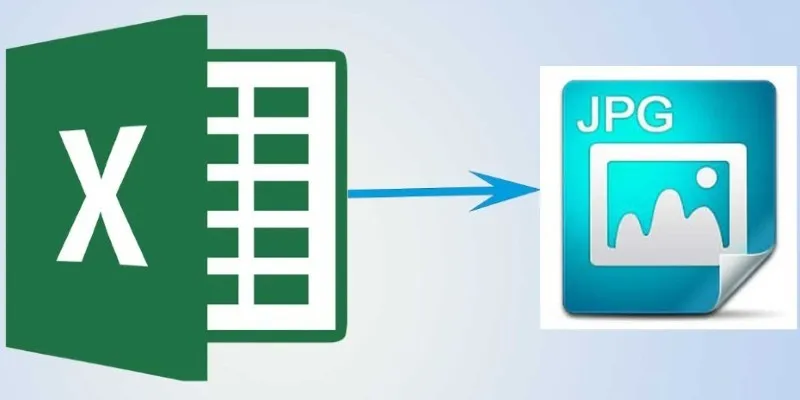
From Excel to JPG: Best Tools for Converting Charts into Images
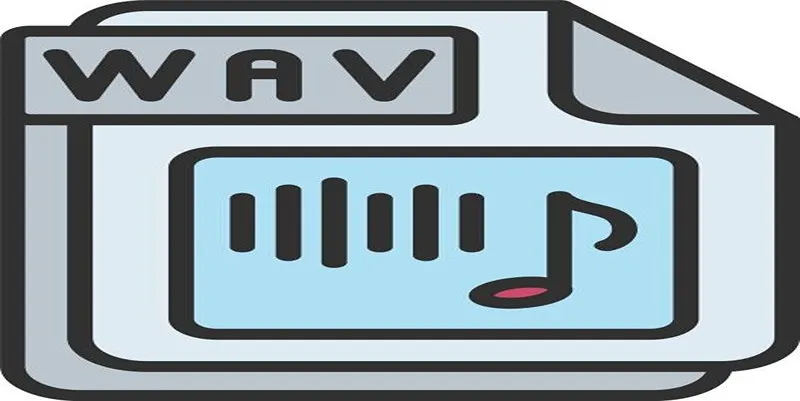
How to Convert MPEG to WAV: A Step-By-Step Guide

How to Easily Convert AVI to MOV Using 4 Reliable Tools

The 6 Best Construction Management Software Options to Streamline Your Projects

Transform Your Photos into Artistic Sketches with the Best Sketch Editor
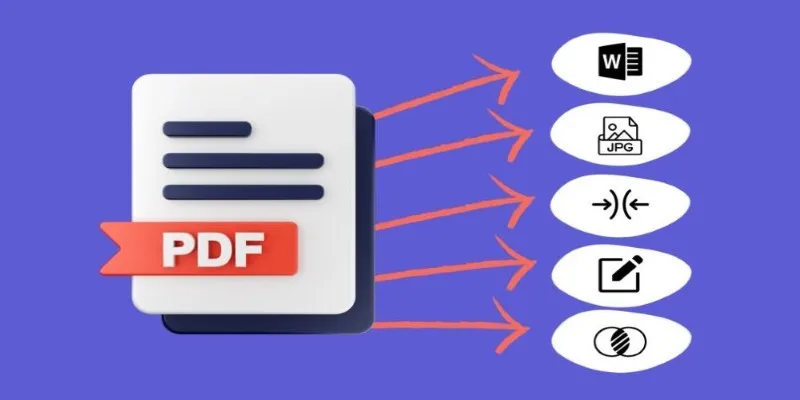
Best Free PDF to Image Tools for Quick and Easy Conversion
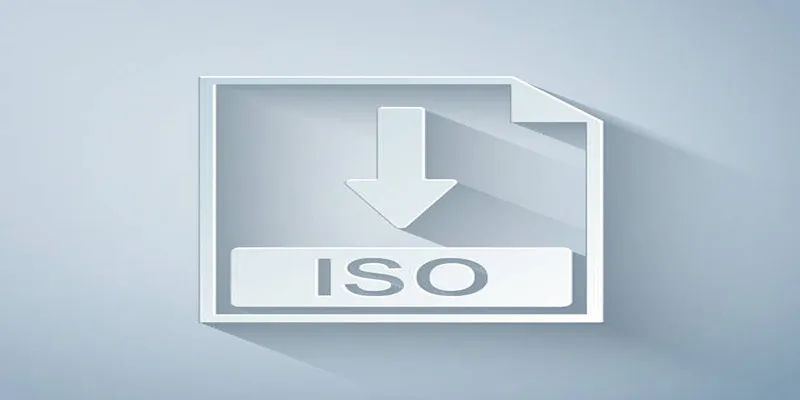
Simple Methods to Convert ISO Files to MP4 for Beginners

Top 3 Simple Ways to Convert WMA to MP4 Easily

Best Practices for Converting AVI Files to JPG Format

Effortless Steps to Convert and Upscale Video to 4K Resolution

How to Automatically Save Gmail Attachments to a Google Drive Folder: A Complete Guide
Popular Articles

How to Download and Use Windows Movie Maker on Windows 10
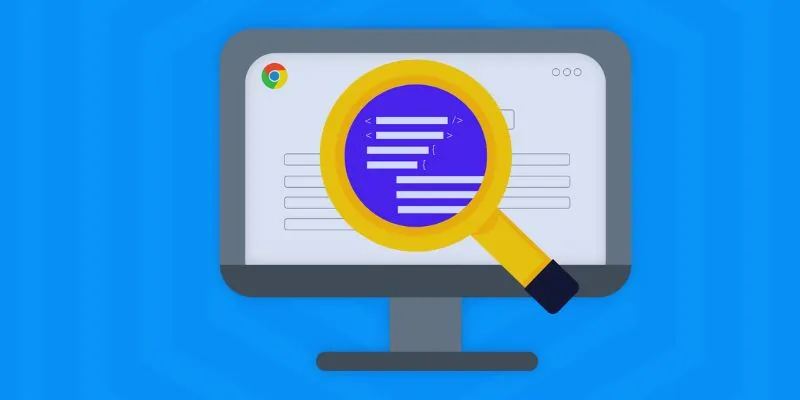
How to Use Inspect Element in Chrome, Safari, and Firefox: A Beginner's Guide

Mastering iMovie: Quick, Clean Video Editing for Every Apple Device

Top 7 Methods for Effortless MP4 to MOV Conversion

How to Automatically Share New YouTube Videos on Discord: A Step-by-Step Guide
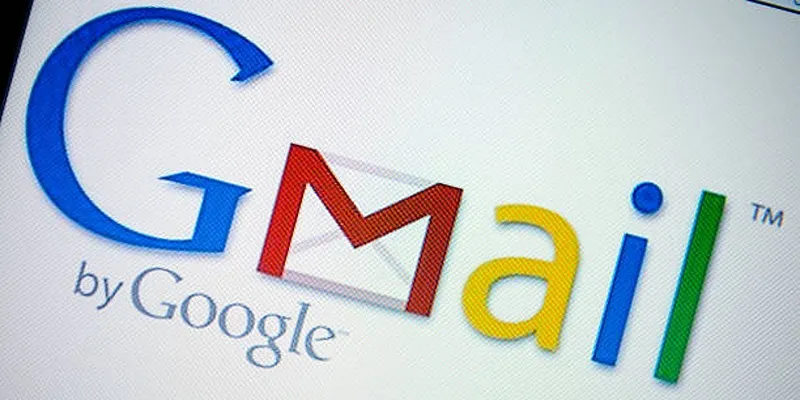
Step-by-Step Guide to Creating a Group in Gmail

The 6 Best Construction Management Software Options to Streamline Your Projects
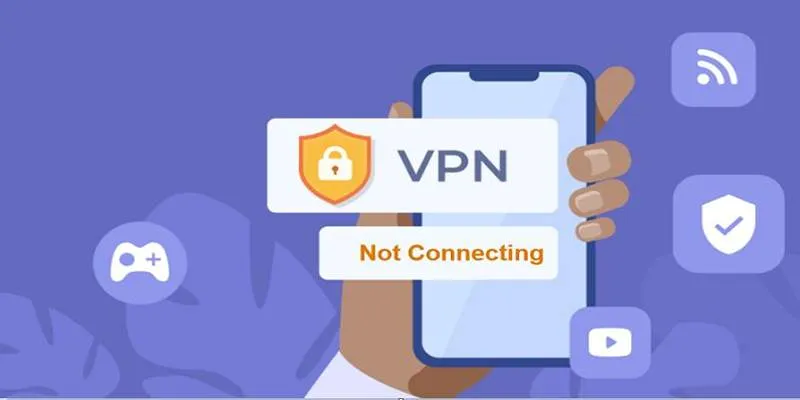
Fixing Unstable Device Connections: Why Your Device Keeps Disconnecting

How to Convert MTS, TS, M2TS Files Without Losing Quality

Best Driver Update Apps for Windows in 2025

Best Apps for iPhone: 6 To-Do List Picks in 2025

 mww2
mww2